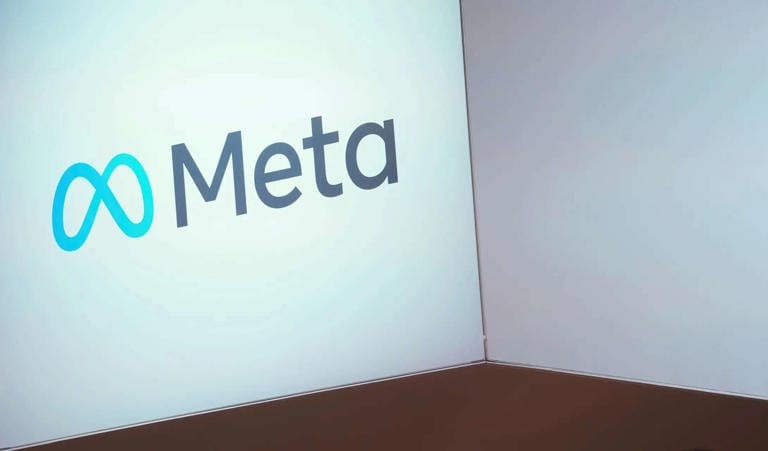China’s AI Surge: Can DeepSeek & Tencent Challenge OpenAI’s Dominance?

The AI landscape is witnessing a dramatic shift. Chinese tech firms DeepSeek and Tencent are making bold strides with their latest models. They are positioning themselves as viable alternatives to OpenAI’s industry dominance. With cost-efficient performance and open-source accessibility, these contenders are reshaping what global AI competition looks like.
The Rise of China’s AI Heavyweights
1. DeepSeek V3: The Silent Disruptor
- Performance Leap: Early benchmarks suggest DeepSeek V3-0324 rivals ChatGPT’s o3-mini in reasoning and coding tasks—despite running on less powerful hardware.
- Open-Source Advantage: The shift to an MIT license enables free commercial use, unlike OpenAI’s restrictive GPT-4 Turbo.
- Cost Efficiency: Optimized for older GPUs, making it cheaper to deploy than Western models reliant on cutting-edge chips.
2. Tencent’s Hunyuan T1: The Enterprise Challenger
- Competitive Edge: Claims similar performance to DeepSeek R1 at a fraction of the cost of GPT-4.
- Real-World Focus: Targets business applications like automated customer support and data analysis.
- Backed by Tencent’s Ecosystem: Integrates with WeChat, QQ, and cloud services—giving it instant scale in China’s massive digital economy.
China vs. OpenAI: Key Battlegrounds
| Factor | China (DeepSeek/Tencent) | OpenAI (U.S.) |
|---|---|---|
| Licensing | Open-source (MIT/Apache) | Proprietary, subscription-based |
| Hardware Needs | Runs on older GPUs | Requires high-end NVIDIA chips |
| Pricing | Free/low-cost | $20/month for GPT-4 Turbo |
| Government Role | State-backed initiatives | Private sector-driven |
Can China Overcome the Challenges?
While Chinese AI firms are gaining momentum, they still face significant hurdles:
- U.S. Chip Restrictions – NVIDIA’s export bans limit access to A100/H100 GPUs, forcing reliance on slower domestic alternatives like Huawei’s Ascend.
- Data & Language Bias – Most Chinese models are trained on Mandarin-heavy datasets. This limits their effectiveness in English. Their effectiveness in other languages is also limited.
- Global Trust Issues – Many Western companies remain hesitant to adopt Chinese AI over data privacy and security concerns.
Yet, the cost advantage and open-source flexibility could make them irresistible for budget-conscious developers and enterprises.
What This Means for the AI Industry
- Price Wars Ahead? If Chinese models keep improving, OpenAI may face pressure to lower costs or open up its models.
- Shift to Open-Source – Meta’s Llama 3 and DeepSeek’s MIT-licensed V3 are pushing the industry toward transparency and collaboration.
- Geopolitical AI Race – The U.S. and China are now in a two-horse race for AI supremacy, with Europe lagging behind.
Final Verdict: A Real Threat to OpenAI?
✅ Yes – For cost-sensitive and open-source advocates, DeepSeek and Tencent are compelling options.
❌ Not Yet – OpenAI still leads in raw capability, multilingual support, and global trust.
But if China’s AI momentum continues, the balance of power could shift sooner than expected.





